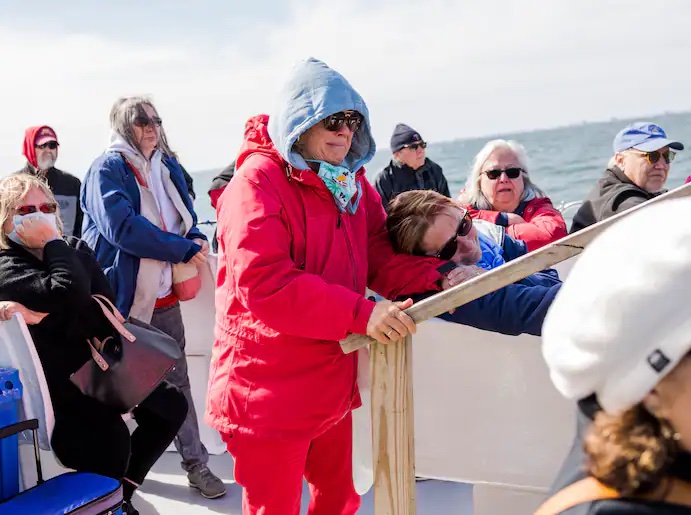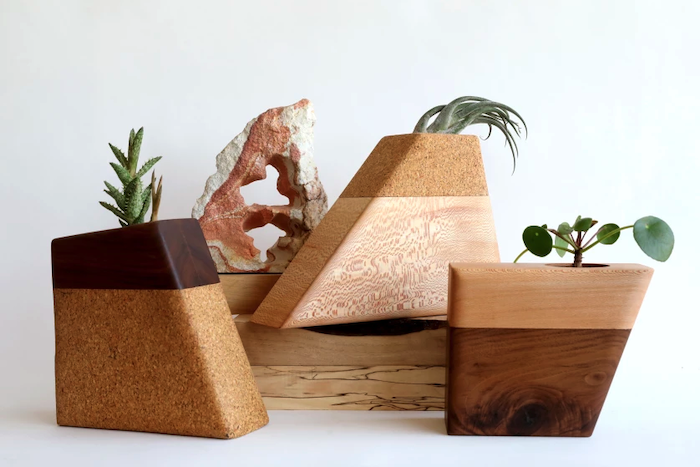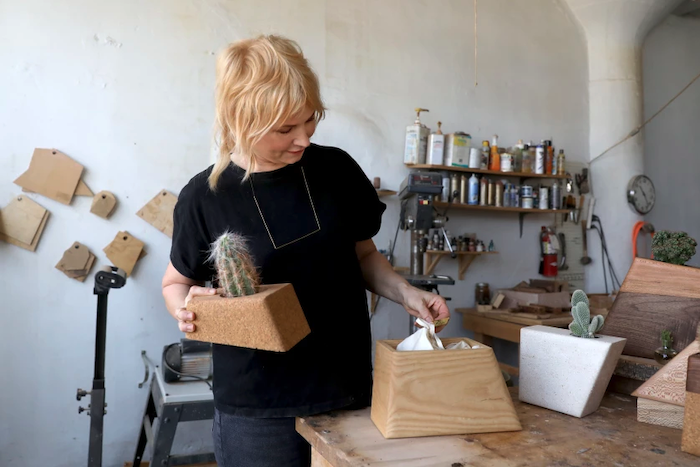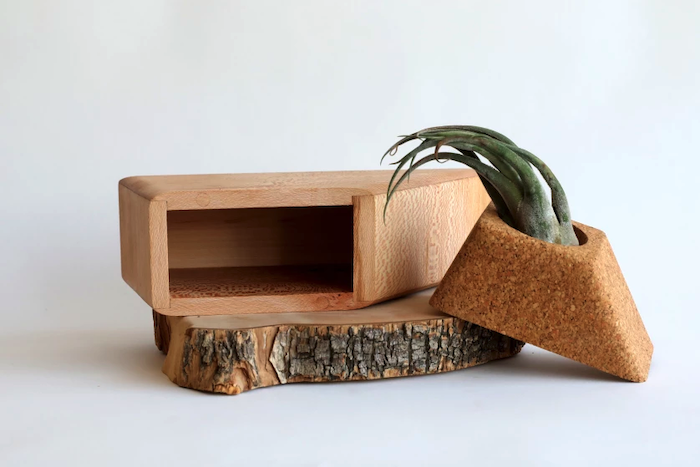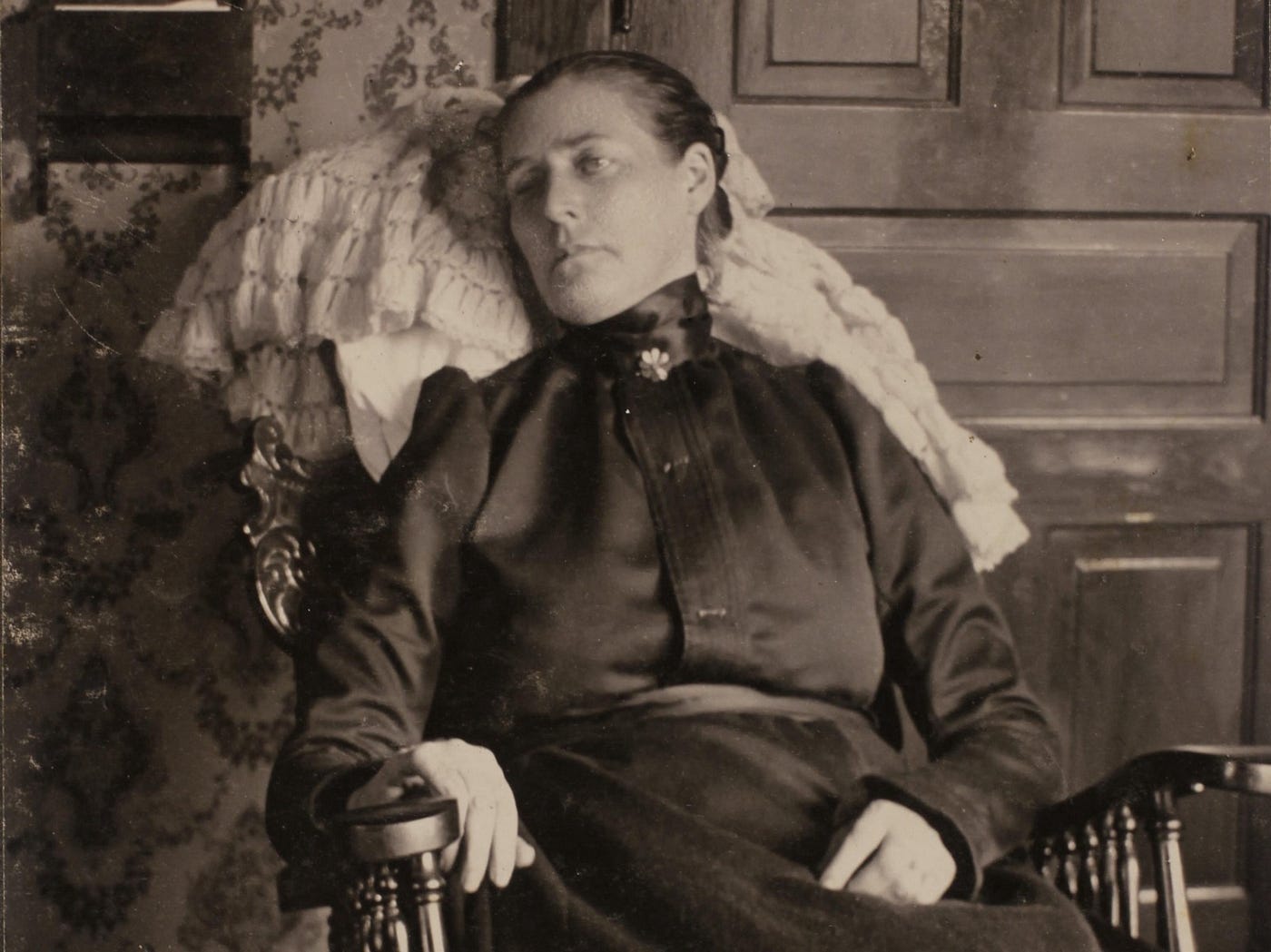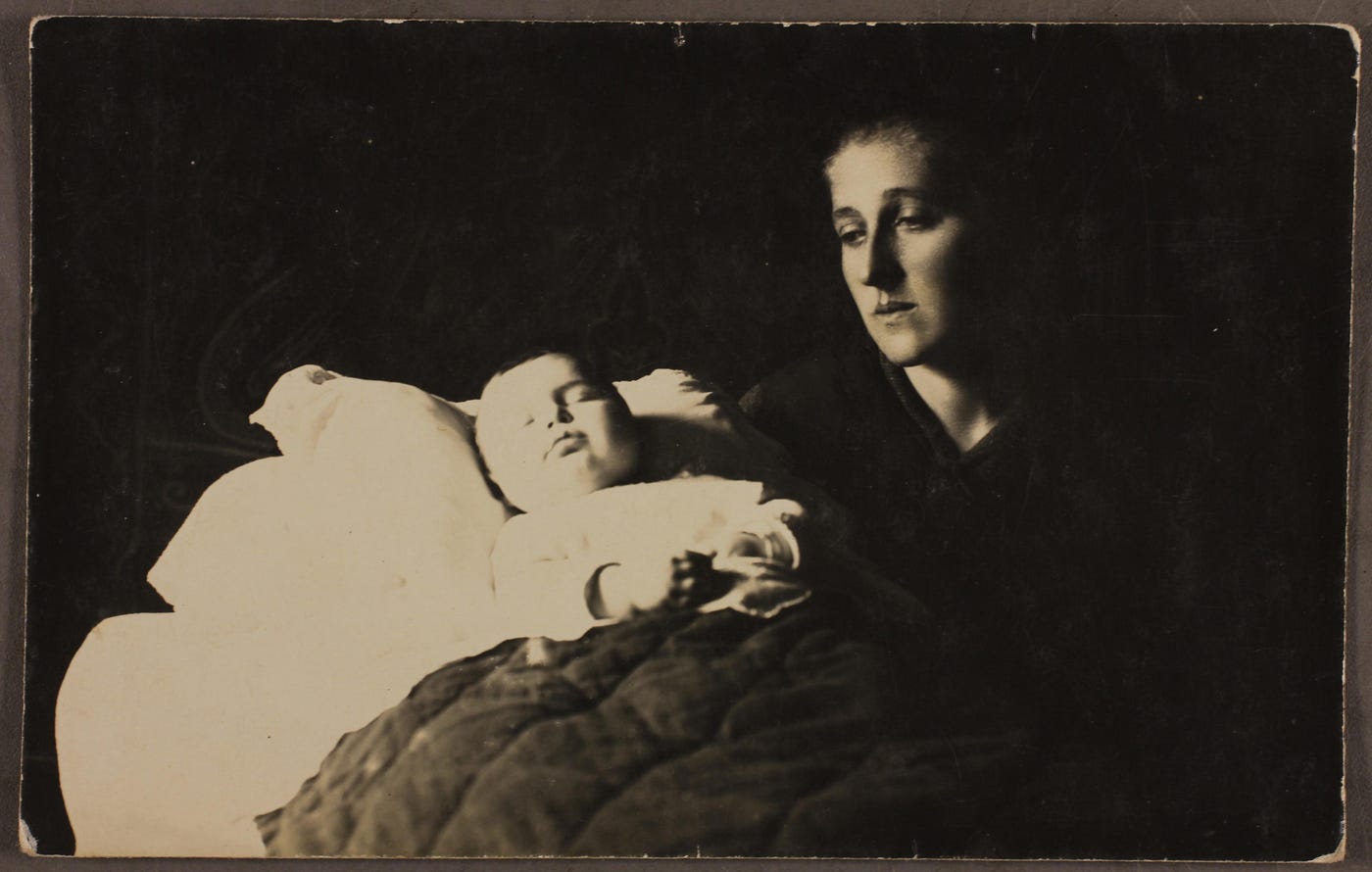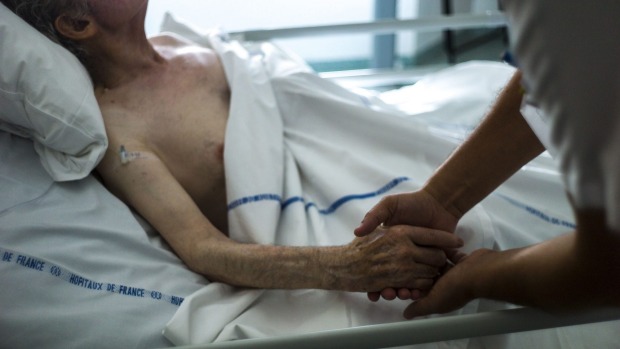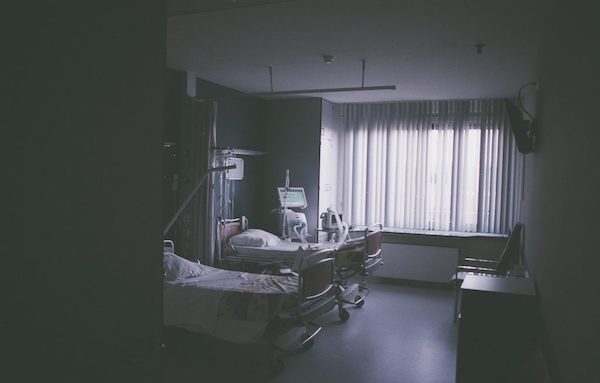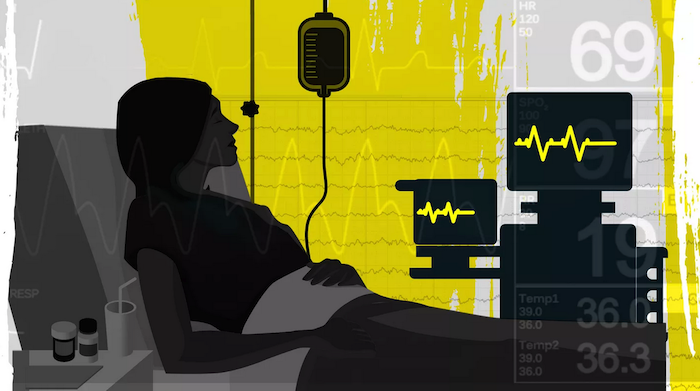Anthony Bourdain’s A.I.-generated voice is just the latest example of a celebrity being digitally reincarnated. These days, though, it could happen to any of us.
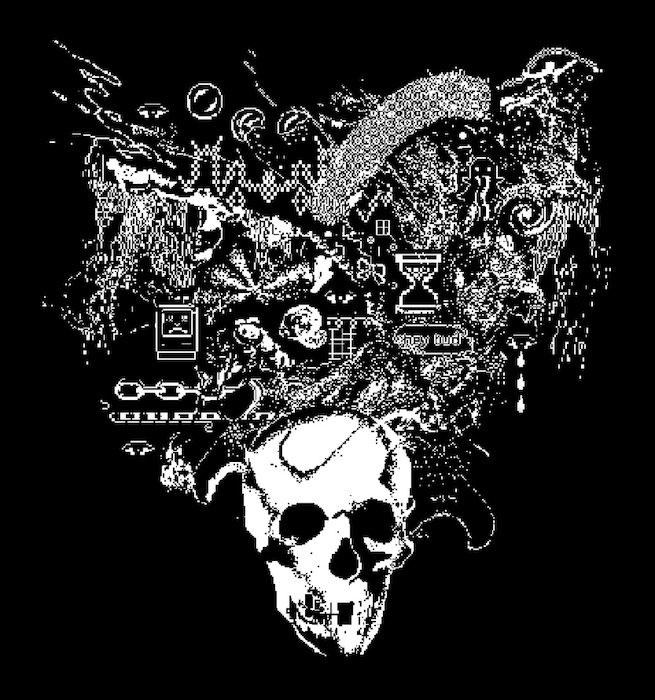
By Adrienne Matei
The new Anthony Bourdain documentary, “Roadrunner,” is one of many projects dedicated to the larger-than-life chef, writer and television personality. But the film has drawn outsize attention, in part because of its subtle reliance on artificial intelligence technology.
Using several hours of Mr. Bourdain’s voice recordings, a software company created 45 seconds of new audio for the documentary. The A.I. voice sounds just like Mr. Bourdain speaking from the great beyond; at one point in the movie, it reads an email he sent before his death by suicide in 2018.
“If you watch the film, other than that line you mentioned, you probably don’t know what the other lines are that were spoken by the A.I., and you’re not going to know,” Morgan Neville, the director, said in an interview with The New Yorker. “We can have a documentary-ethics panel about it later.”
The time for that panel may be now. The dead are being digitally resurrected with growing frequency: as 2-D projections, 3-D holograms, C.G.I. renderings and A.I. chat bots.
A holograph of the rapper Tupac Shakur took the stage at Coachella in 2012, 15 years after his death; a likeness of a 19-year-old Audrey Hepburn starred in a 2014 Galaxy chocolate ad; and Carrie Fisher and Peter Cushing posthumously reprised their roles in some of the newer “Star Wars” films.
Few examples drew as much attention as the singing, dancing hologram that Kanye West gave Kim Kardashian West for her birthday last October, cast in the image of her late father, Robert Kardashian. Much like Mr. Bourdain’s vocal doppelgänger, the hologram’s voice was trained on real audio recordings but spoke in sentences never uttered by Mr. Kardashian; as if communicating from the afterlife, the hologram expressed pride in Ms. Kardashian West’s pursuit of a law degree and described Mr. West as “the most, most, most, most, most genius man in the whole world.”
Daniel Reynolds, whose company, Kaleida, produced the hologram of Mr. Kardashian, said that costs for projects of its nature start at $30,000 and can run higher than $100,000 when transportation and display are factored in.
But there are other, much more affordable forms of digital reincarnation; as of this year, on the genealogy site MyHeritage, visitors can animate family photos of relatives long dead, essentially creating innocuous but uncanny deepfakes, for free.
Though most digital reproductions have revolved around people in the public eye, there are implications for even the least famous of us. Just about everyone these days has an online identity, one that will live on long after death. Determining what to do with those digital selves may be one of the great ethical and technological imperatives of our time.
Whose Data Is This?
Ever since the internet subsumed communication, work and leisure, the amount of data humans create daily has risen steeply. Every minute, people enter more than 3.8 million Google search queries, send more than 188 million emails and swipe through Tinder more than 1.4 million times, all while being tracked by various forms of digital surveillance. We produce so much data that some philosophers now believe personhood is no longer an equation of body and mind; it must also take into account the digital being.
When we die, we leave behind informational corpses, composed of emails, text messages, social media profiles, search queries and online shopping behavior. Carl Ohman, a digital ethicist, said this represents a huge sociological shift; for centuries, only the rich and famous were thoroughly documented.
In one study, Dr. Ohman calculated that — assuming its continued existence — Facebook could have 4.9 billion deceased users by the century’s end. That figure presents challenges at both the personal and the societal level, Dr. Ohman said: “It’s not just about, ‘What do I do with my deceased father’s Facebook profile?’ It’s rather a matter of ‘What do we do with the Facebook profiles of the past generation?’”
The aggregate data of the dead on social media represents an archive of significant humanitarian value — a primary historical resource the likes of which no other generation has left behind. Dr. Ohman believes it must be treated as such.
He has argued in favor of designating digital remains with a status similar to that of archaeological remains — or “some kind of digital World Heritage label,” he said — so that scholars and archivists can protect them from exploitation and digital decay.
Then, in the future, people can use them to learn about the big, cultural moments that played out online, like the Arab Spring and the #MeToo movement, and “zoom in to do qualitative readings of the individuals that took part in these movements,” Dr. Ohman said.
Public social media profiles are one thing. Private exchanges, such as the email read in the Bourdain documentary, raise more complicated ethical questions.
“We don’t know that Bourdain would have consented to reading these emails on camera,” said Katie Shilton, a researcher focused on information technology ethics at the University of Maryland. “We don’t know that he would have consented to having his voice manipulated.” She described the decision to have the text read aloud as “a violation of autonomy.”
From an ethical standpoint, Dr. Shilton said, creating new audio of Mr. Bourdain’s words would require the permission of those close to him. In an interview with GQ, Mr. Neville said he “checked” with Mr. Bourdain’s “widow and his literary executor,” who approved of his use of A.I.
For her part, Ottavia Busia, Mr. Bourdain’s ex-wife, said she did not sign off on the decision. “I certainly was NOT the one who said Tony would have been cool with that,” she wrote on Twitter July 16, the day the film was released in theaters.


